HOME > Basketball
The bigger the hand, the stronger the ability? Check out those super big hands in the NBA
5:50pm, 23 October 2025【Basketball】
In addition to height and wingspan, basketball talent also has "giant hands" that can rewrite the rules of the game. It is also a super plug-in for superstars. According to statistics, the average length of the palms of ordinary NBA players is about 22 centimeters, but when some ruthless characters extend their palms, it is like adding an "exclusive lock" to the basketball, and their giant palms have become secret weapons.

Let’s talk about Leonard who was blown away first. His 11-inch (27.94 cm) palms and 2-meter-21 wingspan created an unsolvable "death entanglement". In the 2014 Finals, he didn't rely on speed at all to steal James' ball - when James opened up the space and prepared to take a shot, Leonard stretched out his big hand to directly cover the basketball, and his fingers could almost grasp the ball. This is the "defensive coverage bonus" brought by the palm, which is 15% larger than the control range of ordinary players. Interestingly, these hands also have troubles. He himself complained that "when playing with mobile phones, I have to tap the screen with my knuckles."

Jordan's 11.4-inch (28.95 cm) palms are the real "god-level tools." Don't just stare at his famous scene of grabbing the ball with one hand and playing post-up. These hands gave him the confidence to adjust his movements in the air. When he is flashing and moving in the air, even if he is pulled, he can firmly lock the ball with his big hands, and his wrists can still exert steady force. This natural advantage is difficult for many other super giants to replicate. What's even more ruthless is his steals. He can cover half of the ball with his open palm. If the opponent doesn't pay attention when dribbling, it will be "confiscated". This is also the hidden code for his career average of 2.3 steals per game.

O'Neal's 11.3-inch (28.7 cm) hand coupled with his 300-pound tonnage is "physical supremacy" under the basket. He doesn't even need to smash the ball with both hands when he dunks. He grabs the ball with one hand and raises it above his head. The defender can't even find the point of force for fouling. Many of the shots that smash the backboard are just relying on his big hands to firmly press the ball on the rim. With this strength, ordinary palms would have released the ball. But few people know that his palms are 10 inches wide and he can clamp the ball like a clip when grabbing rebounds. A large part of his career average of 13.7 rebounds per game is a fast break opportunity where he "grabs the board with one hand and dunks directly".

There is also the Greek monster Antetokounmpo. His 13-inch (33.02 cm) hand is 5 cm longer than Leonard. With a wingspan of 2.24 meters, he is simply a "humanoid gibbon." The reason why no one can guard his split dunk is because his big hands can hold the ball in the palm of his hand when breaking through at high speed, and he can finish it stably even if he is fouled. This makes his "post-confrontation dunk percentage" far ahead. However, these hands also have shortcomings. The palms are too large, which makes the shooting force unstable. He specially practiced "finger ball control" during the offseason, and then his three-point shooting rate increased to 32%.

The most underestimated is Boban, the "King of Big Hands". His 14-inch (35.56 cm) palm is as big as an A4 paper when fully extended. He is 2.21 meters tall and doesn't even have to jump to grab a rebound. During a game against the Lakers, he grabbed the rebound with one hand. Anthony Davis jumped on him three times and didn't move. This is the terrifying ball-locking power of a 10.75-inch palm width. But his failure to become a superstar in his career was also due to his hands. The palms were too large, which caused the center of gravity of dribbling to be too high. He was prone to making mistakes when pressed by smaller players, so he was positioned as a "functional surprise player."
There is also the first-generation flying star Connie Hawkins, with 10.5-inch palms and gorgeous playing style. His mid-air swivel dunks at that time relied entirely on controlling the rotation angle of the ball with his big hands, paving the way for Jordan and Dr. J to become artistic basketball. In fact, giant hands are never omnipotent. Antetokounmpo's shooting dilemma and Boban's dribbling shortcomings all prove that talent must be matched with hard work to be effective. Just like Jordan said, "You can't choose talent, but you can choose how to use it."
Related Posts
- Wenban Yama s latest figure! Crazy transformation!
- A flash in the pan! The regret of the first generation of white horse spear!
- European Cup sad and happy night: Four teams qualify for three consecutive victories, and Doncic still finds a victory for 39+9
- Lakers news: James creates another miracle, Doncic polishes his weaknesses, American News suggests Sohawikins
- Very dissatisfied with the progress of the negotiations. The 76ers star in the backcourt may choose to sign a qualification offer?
- Analysis of Yang Hansen s second game performance in the summer league: Pros and cons are revealed
- Harden s 81.5 million details in two years: Keep the full middle class for the Clippers and no maximum salary after leaving the Rockets
- The top 50 players in the NBA s lowest winning rate are & No. 4 pick is shortlisted, the regicide is listed, and the number one declining god is only 20%
- Chalmos: James insists on physical therapy in nightclubs, so he has never been seriously injured
- Edwards continues to play in the G2 battle, the three best players in the 12 years of Oxford!
Hot Posts
- Wenban Yama s latest figure! Crazy transformation!
- A flash in the pan! The regret of the first generation of white horse spear!
- European Cup sad and happy night: Four teams qualify for three consecutive victories, and Doncic still finds a victory for 39+9
- Lakers news: James creates another miracle, Doncic polishes his weaknesses, American News suggests Sohawikins
Recommend
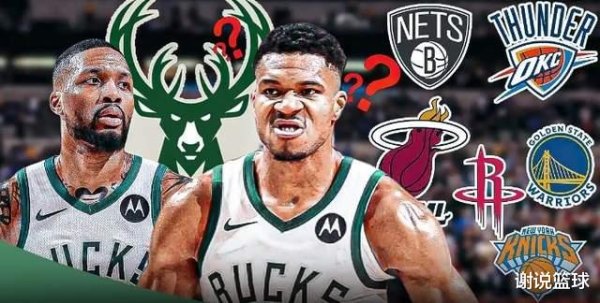
Don t want to go to the Lakers Warriors? Antetokounmpo s new home needs to meet three requirements, and the Nets may become the first choice

Back-sting Kobe? Curry broke the news in an interview: When the rookie changed to Kobe in season, he kept elbowing me!
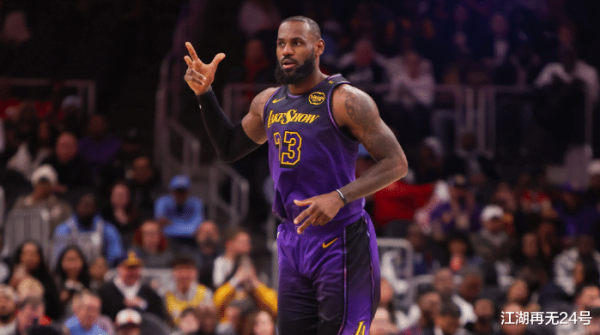
How did the five players who were once called James successor develop in the NBA? One person becomes the league s storefront

Advance to the finals, a record of 35 years was reached by Alexander three times

Dunro bet on the future, Heat renews contract or leaves the team and chooses one of two
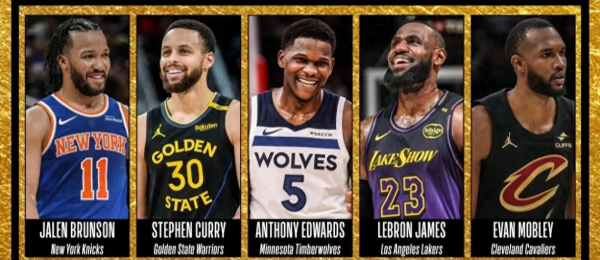
A walking recorder! James won many honors at the age of 40, 5 history No1, unique!
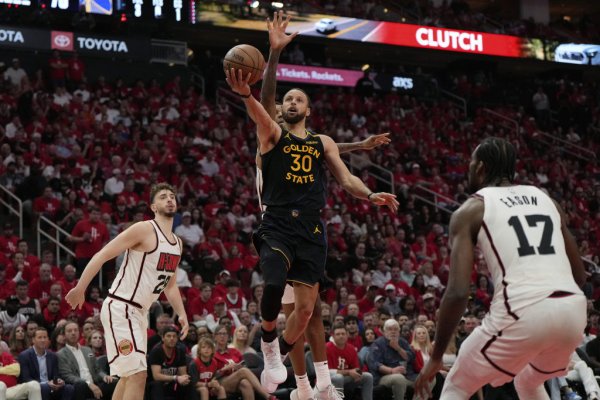
Curry won the tiebreak battle with 22 points, and the Rockets are hard to break the curse of "Fire War" in 10 years
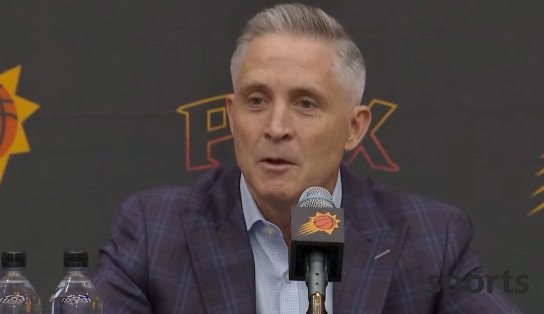
Team Note: The Suns new GM admits that his promotion depends on relationships. He has no NBA resume & General Manager experience